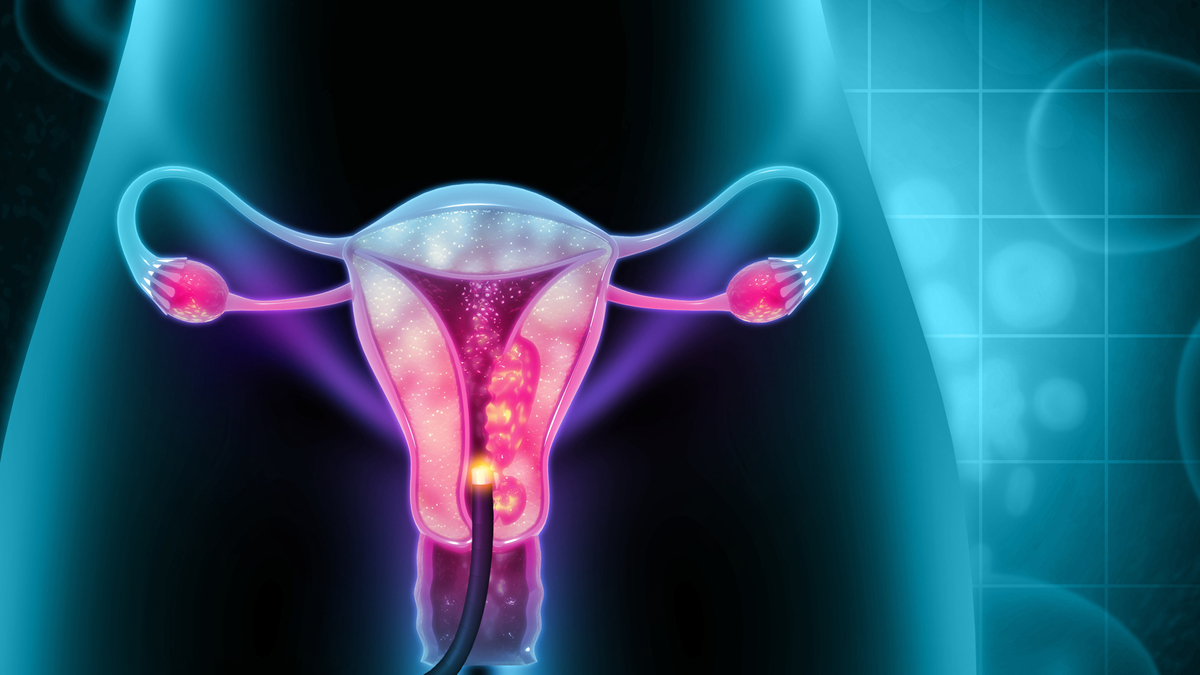Skip to site content

According to the World Health Organization, 190 million women worldwide are affected by endometriosis. However, for every woman diagnosed, dozens are misdiagnosed or dismissed by friends, family and providers.
Having experienced the symptoms early in life, women often assume debilitating pain and heavy bleeding are just part of being a woman. Physicians often support this misconception and delay investigation, thereby diverting diagnosis and treatment. Certainly, there is a better way!
Endometriosis is a harrowing and progressive condition caused when endometrial-like tissue grows outside the uterus. In a healthy reproductive system, the endometrium lines the uterus. This fast-growing tissue multiplies throughout a woman’s monthly cycle to support fetal development during pregnancy. If the endometrium is unneeded, it sheds off during menstruation. With endometriosis, the body is unable to excrete the tissue properly.
The etiology of endometriosis is unknown, but this reproductive problem can cause ovarian cysts, superficial lesions, deep nodules, adhesions and scar tissue. It is most likely to develop in the following locations:
The symptoms of endometriosis directly relate to the inflammation caused by the inappropriately located tissue growth. The most apparent symptom is heavy, painful periods. However, the following list helps providers be aware of other possible signs:
Research indicates that the following factors place certain women at greater risk of experiencing endometriosis:
Prompt diagnosis and intervention are vital since endometriosis painfully disrupts the lives of patients. However, a confident diagnosis requires persistent investigation.
As health advocates, physicians help shine a light on medical problems. Many women discount their pain as a regular aspect of the female gender. They self-treat and push through miserable conditions. Medical providers must proactively engage their patients and draw out information for a complete picture of reproductive health.
Though symptoms, risk factors or history may hint at endometriosis, tests like a pelvic exam, ultrasound, MRI and laparoscopy give a more comprehensive view. These tests can check for cysts, endometriomas and endometriosis.
Many times, analgesics and hormone therapy relieve the symptoms, causing physicians to wonder why diagnosis is necessary. The short answer is that women want to know. It gives them peace of mind.
Women with endometriosis commonly complain that delays in diagnosis are a real problem. Research indicates that it typically takes 3 – 11 years from symptom onset to diagnosis. What causes the delays?
Often, women assume the heavy flow and excruciating cramps are expected or just “unlucky,” so they postpone reporting the symptoms to their provider. Embarrassment and feelings of weakness also keep women suffering in silence.
After finally deciding to talk to a provider about the painful periods, women often report that their doctor dismissed the symptoms as a regular part of womanhood. The physician may prescribe oral contraceptives to regulate menstrual flow, but without a diagnosis, the woman may feel this is all in her head.
Hormone therapy can relieve the symptoms of endometriosis, even if the underlying causes remain unaddressed. If the patient is told by her doctors and nurses that pain relief is sufficient, she might give up looking for an explanation. Nevertheless, she may feel unsatisfied by this result, and wish further testing were offered.
Physicians rely on pelvic exams and transvaginal scans for women with symptoms of endometriosis. While these tests efficiently identify cysts on the ovaries, they have limitations. They frequently miss problems in other locations.
Laparoscopy is the most valuable tool for diagnosing endometriosis. With this test, physicians and surgeons receive detailed information about the area and size of the endometriosis. However, some practitioners do not consider offering this test to their patients since it is invasive.
Delaying endometriosis diagnosis causes significant ramifications for women and their families. Postponed treatment results in these women suffering longer, experiencing bouts of isolation and missing work due to frequent attacks of painful periods.
According to the American Society of Reproductive Medicine, 24% – 50% of infertile women have endometriosis. Delayed diagnosis can also mean delayed family planning or insufficient management of infertility.
Women worldwide want more immediate diagnosis and treatment of endometriosis. With greater awareness of symptoms and more prompt investigations, we can decrease the delay in endometriosis diagnosis, facilitating faster relief and family planning.
“Timing, delays and pathways to diagnosis of endometriosis: a scoping review protocol.” NIH: National Library of Medicine, 2021, Protocol: Timing, delays and pathways to diagnosis of endometriosis: a scoping review protocol – PMC.
“Diagnostic delay in women with pain and endometriosis.” AOGS: Acta Obstetricia et Gynecologica Scandinavica, 2003, Diagnostic delay in women with pain and endometriosis – Husby – 2003 – Acta Obstetricia et Gynecologica Scandinavica – Wiley Online Library.
“What are the treatments for endometriosis?” NIH: Eunice Kennedy Shriver National Institute of Child Health and Human Development, 2020, What are the treatments for endometriosis? | NICHD – Eunice Kennedy Shriver National Institute of Child Health and Human Development.
“Endometriosis.” Mayo Clinic, 2023, Endometriosis – Diagnosis and treatment – Mayo Clinic.
Subscribe to our MEDforum e-newsletter for the latest guidelines and information from Up Health.